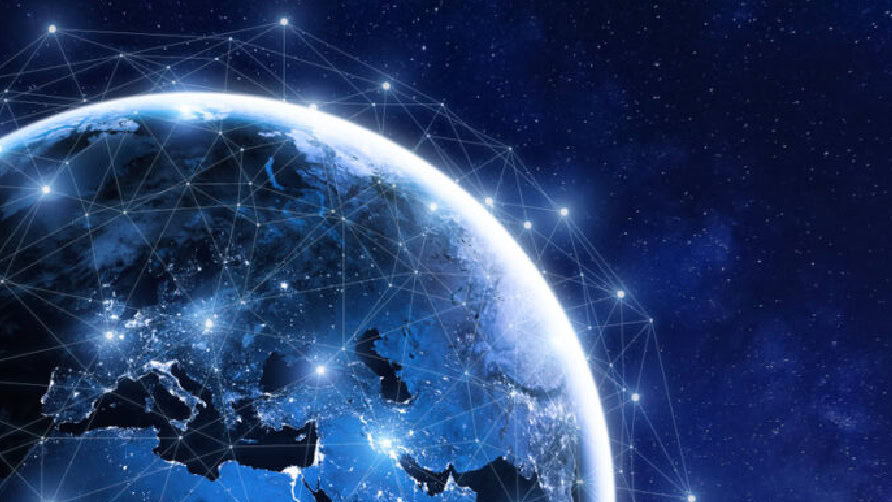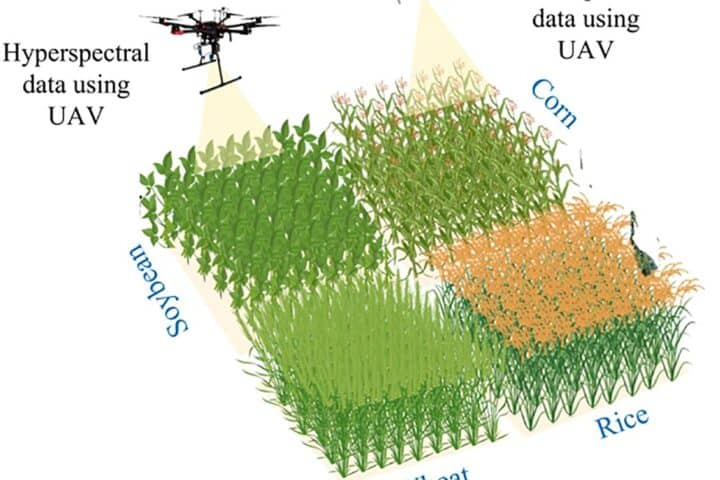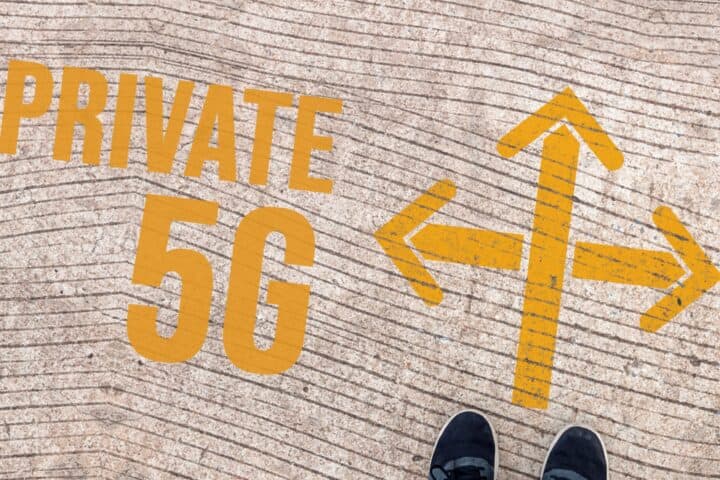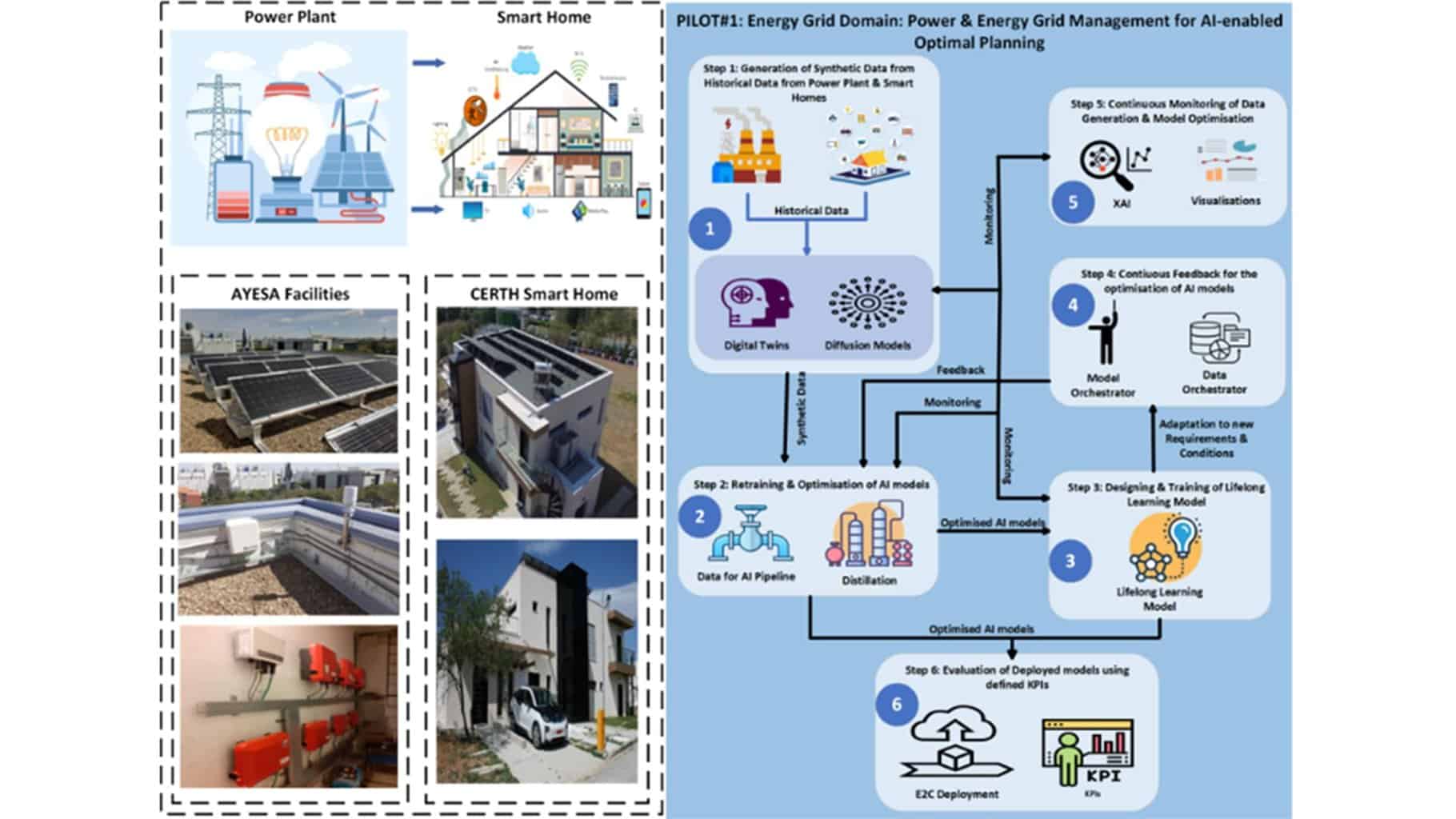The satellite IoT market is poised for significant growth, with projections indicating a 150 percent increase in the number of IoT satellites over the next five years, expanding from 10,000 in 2024 to 24,000 by 2029. Analysts predict that the market will surpass 26 million IoT connections by 2030, reaching a market value of over $4 billion. This remarkable transformation is driven by technological advancements and the growing demand for global connectivity. Sectors such as agriculture, energy, utilities, fisheries, and environmental monitoring stand to benefit greatly, especially in areas not covered by terrestrial IoT networks. Agriculture is expected to be the largest market, with over 1.4 million connections by 2029, leveraging IoT for precision farming, yield analysis, livestock management, and irrigation management to promote efficient and sustainable farming practices. Environmental monitoring devices for tracking climate conditions and natural disasters are predicted to account for at least a million connections by 2029. The energy and utilities sector will also see substantial growth, with smart grid connections exceeding 500,000. In the fisheries and aquaculture sector, IoT applications such as vessel monitoring systems, fish stock management, and water quality monitoring are set to enhance sustainability and regulatory compliance. Strategic partnerships among companies like Inmarsat, ORBCOMM, Globalstar, Myriota, and hiSky are crucial for expanding service offerings and meeting the diverse needs of various industries, ensuring the successful deployment of satellite IoT technologies.

Satellite IoT Market to Soar: Expected Growth to 26 Million Connections and $4 Billion by 2030
More satellite IoT stats; following on from yesterday’s post, reporting on Juniper Research figures, that the total number of IoT satellites will grow by 150 percent over the next five years, from 10,000 in 2024 to 24,000 in 2029, another analyst group has stuck its finger in the air to say the market will pass 26 million IoT connections by 2030, and top $4 billion in market value in the process.
ABI Research said the satellite IoT market is seeing “remarkable transformation” because of “technological advancements” and “demand for global connectivity”. A new study, available here, claims opportunities in agriculture, energy and utilities, fisheries (and “aquaculture”), and environmental monitoring industries – basically anywhere not covered by terrestrial IoT networks.
Agriculture will be the biggest market for satellite IoT, it reckons, suggesting it will be responsible for over 1.4 million connections by 2029. It flags applications for precision farming, yield analysis, livestock management, and irrigation management. It talks about IoT as a driver for “more efficient, sustainable, and profitable farming practices”; the vertical sector, here, might be swapped for any.
A press statement suggests that condition-based monitoring devices, for environmental tracking of climate conditions and natural disasters, will be the second biggest in connection volumes, accounting for at least a million IoT connections by 2029. But it is unclear, exactly, if these are all satellite-based. It actually places the energy and fisheries markets higher in its summary.
Strategic Partnerships Drive Growth in Satellite IoT Market: Focus on Energy, Fisheries, and Smart Grids
The energy and utilities sector, which covers monitoring critical infrastructure (sometimes conflated with environmental condition monitoring of urban infrastructure, which is typically covered by terrestrial networks and therefore not a clear target of the study), will be considerable, too; smart grid connections will exceed 500,000 by 2029, said ABI Research.
Applications for fisheries and aquaculture include vessel monitoring systems (VMS), fish stock management, and water quality monitoring. IoT data will also be useful in the fisheries industry as a new accounting tool for sustainability purposes and regulatory compliance. “These advancements represent a significant opportunity given the industry’s vast scale,” the firm said.
Victor Xu, industry analyst at ABI Research, and author of the research, echoed the Juniper Research message by emphasising the importance of “strategic partnerships” in the market. “They are playing a crucial role in the growth and development of the satellite IoT market. Companies have formed alliances to leverage each other’s strengths and expand their market reach,” he said.
The study lists “prominent” providers as Inmarsat, ORBCOMM, Globalstar, Myriota, and hiSky. Jake Saunders, vice president at ABI Research, said: “[They] have been working with partners to expand service offerings and connectivity solutions… [and to address] the diverse needs of industries and ensure successful deployments of satellite IoT technologies across various applications.”










